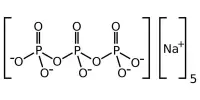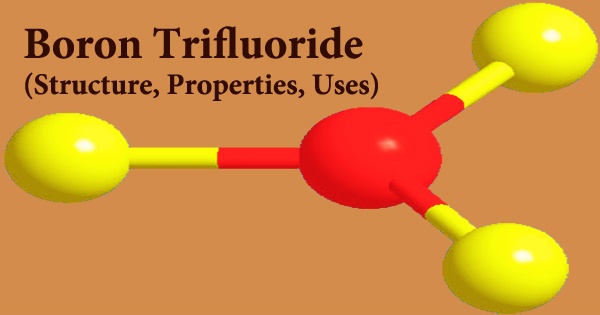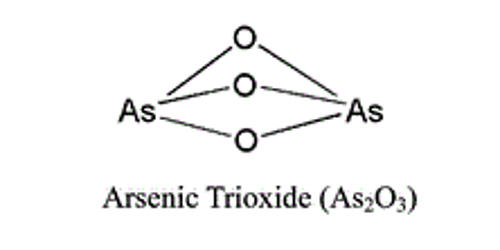Bismuth subsalicylate is a bismuth salt of salicylic acid that is offered as a generic and under the brand names Pepto-Bismol and BisBacter. It is used to treat nausea, heartburn, indigestion, upset stomach, diarrhea, and other stomach and gastrointestinal system discomforts (such as duodenal and peptic ulcers, ulcerative colitis, and diarrhea). Bismuth subsalicylate, which is poorly absorbed from the gastrointestinal system, has a local impact on the stomach mucosa, covering and protecting it from the corrosive effects of acid and pepsin.
Pink bismuth is another name for the chemical, although Pepto-Bismol has become a genericized trademark for it. It’s also the primary component of Kaopectate. It has anti-inflammatory properties (thanks to the salicylic acid) and may also be used as an antacid and a moderate antibiotic. Bismuth subsalicylate is a colloidal material produced by hydrolysis of bismuth salicylate (Bi(C6H4(OH)CO2)3. Its empirical chemical formula is C7H5BiO4. It appears as a fluffy white solid or white crystalline powder.
Bismuth subsalicylate, in combination with antibiotics like tetracycline, clarithromyacin, and amoxicillin, has been shown to be effective in the treatment and eradication of Helicobacter pylori, a bacterium linked to gastritis and ulceration that has been linked to the development of gastric cancer and lymphoma. Bismuth subsalicylate is an anti-inflammatory and bactericidal derivative of salicylic acid. It also has antacid properties.

Bismuth subsalicylate is one of the most commonly used medications in the United States, with 60 percent of homes having it. There are some negative consequences. When it interacts with trace quantities of sulfur in saliva and the colon to create bismuth sulfide, it can induce a black tongue and black stools in certain users of the medication. It has been a commonly prescribed antidiarrheal medication for non-syndromic episodic diarrhea in both children and adults for nearly a century.
Bismuth subsalicylate is a bismuth salt of salicylic acid that belongs to the salicylate family and is a bismuth coordination entity. It may increase fluid and electrolyte absorption while also adsorbing bile acids and enterotoxins, however its exact mechanism of action is unclear. Bismuth subsalicylate also possesses antibacterial effects in addition to its antidiarrheal characteristics. Bismuth sulfide is a very insoluble black salt that causes a transient and harmless coloring.
Bismuth-containing antacids (unless chelated) are not recommended by the British National Formulary, which warns that absorbed bismuth can be neurotoxic, producing encephalopathy, and that such antacids are constipating. Bismuth subsalicylate is also considered to be anti-inflammatory due to its salicylic moiety and perhaps also due to bismuth. Because bismuth is poorly absorbed into the systemic circulation, substantial quantities of bismuth derived from bismuth subsalicylate are unlikely to be excreted in breast milk.
Bismuth subsalicylate is an antacid and antidiarrheal, as well as a treatment for nausea and other gastrointestinal problems. Bismuth salts or complexes such as bismuth subnitrate, bismuth subgallate, bismuth subsalicylate, and bismuth subcarbonate, as well as tripotassium dicitrato bismuthate, have all been utilized. It’s considered to be a mix of the following factors:
- Stimulation of absorption of fluids and electrolytes by the intestinal wall (antisecretory action)
- As a salicylate, reducing inflammation/irritation of stomach and intestinal lining through inhibition of prostaglandin G/H synthase 1/2
- Reduction in hypermotility of the stomach
- Inhibits adhesion and filmogenesis by Escherichia coli
- Bactericidal action of a number of its subcomponents, including salicylic acid
- Bactericidal action via a so-called oligodynamic effect in which small amounts of heavy metals such as bismuth damage many different bacteria species.
- Weak antacid properties
Because of the potential for harmful consequences, the majority of bismuth salts have fallen out of favor, and a number of drug regulatory agencies are actively delisting bismuth-containing drugs from therapeutic usage. Salicylates should be used with caution while breastfeeding due to the risk of deleterious effects on the nursing child, according to the American Academy of Pediatrics. This is most likely an acid-catalyzed hydrolysis in the stomach.
Anxiety, any loss of hearing, confusion, constipation, diarrhea, difficulty speaking or slurred speech, dizziness or lightheadedness, drowsiness, fast or deep breathing, headache severe or continuing, increased sweating, increased thirst, mental depression, muscle spasms, muscle weakness, nausea or vomiting, ringing or buzzing in the ears are all side effects of bismuth subsalicylate.
Although the risk of toxicity is low, chronic salicylate exposure has resulted in significant fetal adverse effects. As a result, bismuth subsalicyate usage during pregnancy should be limited to the first half of the pregnancy and only in levels that do not exceed the prescribed dosages. After bismuth subsalicylate administration, the salicylic acid is absorbed and therapeutic levels of salicylic acid can be detected in the blood.
Bismuth subsalicylate belongs to a class of medications called antidiarrheal agents. It works Reduces inflammation in the gut and may kill the organisms that cause diarrhea by reducing the flow of fluids and electrolytes into the bowel. When it interacts with trace quantities of sulfur in the user’s saliva and gastrointestinal tract, it can result in a black tongue and black feces. This discolouration is just transitory and is completely safe. The intestinal reaction products bismuth oxychloride and bismuth hydroxide, as well as bismuth subsalicylate, are thought to have antibacterial properties.
Information Sources:
















